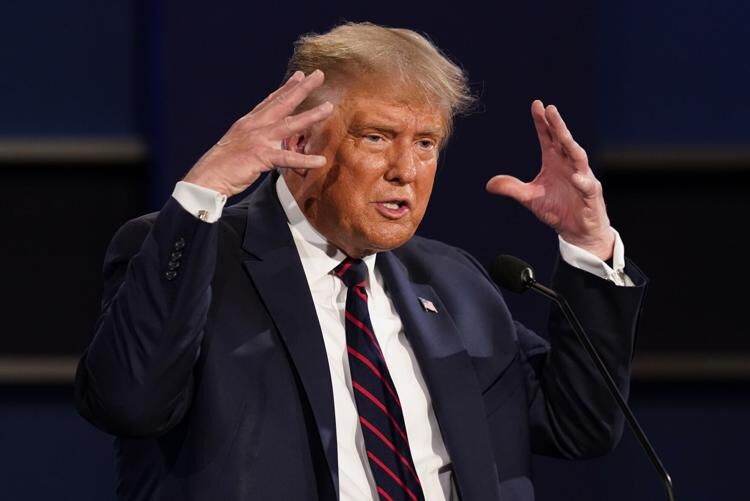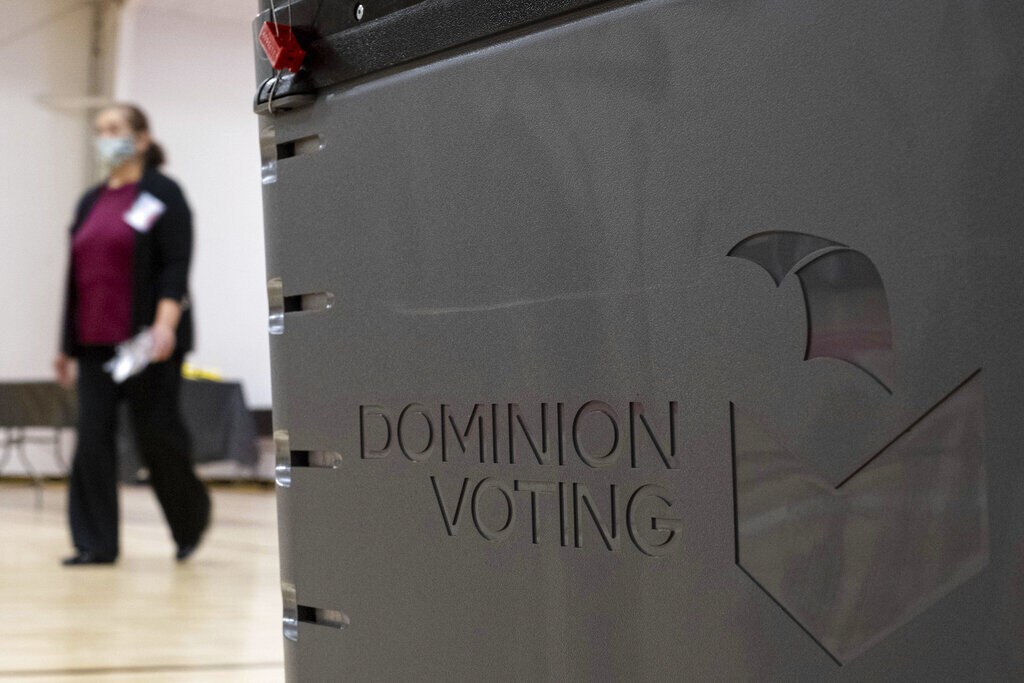SONDERMANN | Donald Trump is as good as fired


Eric Sondermann
Election Day a few weeks hence is when votes are tallied; not necessarily when they are cast. The election is now effectively upon us with ballots landing in mailboxes across Colorado.
The time has come to stick my neck out. To hazard a guess — an informed one, I would like to think — as to what this election is likely to hold.
Since Bush-Gore in 2000, and with Democrats still reeling from the shock four years ago (pollsters and pundits, too), we are habituated to expect presidential races to be cliffhanger close. True, America is a closely and intensely divided nation between red and blue. However, it does not follow that every election will be a nail-biter.
The prediction here is that we are headed to a decisive, even overwhelming election outcome. This will not be tantamount to Nixon’s 1972 landslide or to Reagan’s drubbing of incumbent Jimmy Carter in 1980. Those days no longer exist due to the number of entrenched, unshakeable red and blue states.
But all the tea leaves point to a harsh and conclusive rejection of Donald Trump. In this most volatile year, with a highly volatile president front and center, we have witnessed a remarkable degree of political stability. A year ago, polls showed Trump losing a match-up with hypothetical nominee Joe Biden by roughly eight points. Over the last few months, until the Trump freefall following the debate debacle and the COVID virus running rampant through an unprepared, dismissive White House, that Biden margin was that same eight points. Seven in one poll; nine in another — but notably steady.
At the start of this past week, two reputable polls showed the margin blowing up. An NBC/Wall Street Journal survey put the gap at 14 points. A CNN sampling a day later indicated a 16-point spread.
Those mid-teen numbers are perhaps aberrant and unlikely to hold. But they provide firm evidence that the movement is distinctly away from Trump, not in his direction. Moreover, these surveys show a small and ever-shrinking number of still undecided voters.
Ah, some will say, especially the most loyal Trump loyalists, national polling is irrelevant as this again will come down to the Electoral College. That point is theoretically correct but practically wrong.
Trump’s 2016 popular vote deficit of just shy of 2.9 million votes (representing his 46.1 percent of the vote to Hillary Clinton’s 48.2 percent) was pushing the limits of how large a popular vote loss can still result in an Electoral College win. Do not forget that Trump’s victory was the product of a grand total of 77,000 votes spread among Wisconsin, Michigan and Pennsylvania. The odds of replicating that are long indeed. It only merits discussion if the national gap is well under three points which is a far cry from the deficiency Trump is currently facing.
The geography of this contest tells all. No states won four years ago by Hillary Clinton are now within Trump’s grasp while a number of states Trump carried in 2016 are now very much up for grabs. Biden’s leads in the Pennsylvania, Wisconsin and Michigan troika of pivotal states are in line with his national advantage. The infamous election forecaster, Nate Silver, commented cryptically last week, “Biden is a close to winning South Carolina or Alaska as Trump is to winning Michigan and Wisconsin.”
Meanwhile, Trump is playing defense on turf where, for the most part, he won handily last time out. These states include Arizona (perhaps already lost), Iowa, Ohio, North Carolina, Georgia, Florida and even Texas. Even if Trump prevails in all seven of those states (quite unlikely), he still comes up well short.
There is no Republican path to the White House without Ohio. Trump last time won it by over eight points. Moreover, Republican performance in Ohio is at least six points better than in the other key Upper Midwest states. The fact that Ohio this time is coin-toss close speaks to the altered political landscape across this crucial region.
Of course, we may not be done with October surprises — having had a premature one in September (the Ginsburg vacancy) and another at the very start of this month (the President’s illness). Maybe the cynical disarray engulfing all things Trump will suddenly lift. Though the odds of that are about the same as of this virus magically disappearing.
Accordingly, this analyst’s prognostication is a Biden victory of at least a half-dozen points in the popular vote and an electoral vote of 289 at the low end with the possibility that number could be as high as 373. Or more.
The reality show has played itself out and the country is exhausted. That is especially true of women voters whose disdain for this incumbent will create an unprecedented gender gap. Headlines should read: “America to Trump: ‘You’re fired.’”
As the presidential map has tilted notably Biden’s way, so has the map for control of the U.S. Senate. GOP seats in Arizona and Colorado are almost certainly gone. Yes, Cory Gardner’s uphill climb to stay in the Senate went from poor odds to hopelessly long odds as Trump’s political problems have multiplied.
Other Republican seats in Maine and North Carolina are trending away, though a sexting scandal involving the Democratic candidate in the Tarheel State may scramble that one. But the real news lies in the number of seats now in severe jeopardy in what should be safe Republican terrain. When Senate races are now considered toss-ups in Iowa, Montana, Georgia and even Lindsay Graham’s deep red South Carolina, the national tide is unmistakable.
Ask yourself whether the GOP rush to confirm Supreme Court nominee Amy Coney Barrett speaks of a party confident in retaining the Senate and White House.
Two final caveats:
First, I thought that Hillary Clinton and Mitt Romney would win the last two presidential races. So there is that.
Second, the campaigns and the election itself might all be prologue. Sadly, every indication is that the real battle may ensue in the aftermath of the election with a failing, flailing Donald Trump doing everything in his substantial power to delegitimize the process and the results. That would threaten the very underpinnings of our democracy and put us in perilous, uncharted waters.
And it would make election strategies and predictions pale in importance.














